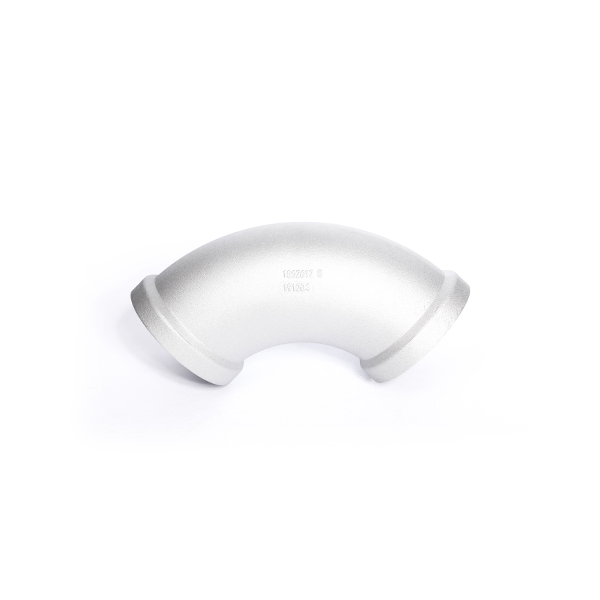Mobile:+86-311-808-126-83
Email:info@ydcastings.com
open mold casting
Understanding Open Mold Casting A Traditional Method with Modern Applications
Open mold casting is a widely used method in the fabrication of metal parts and components, valued for its simplicity and effectiveness. This process involves pouring molten metal into a mold that is open at the top, allowing for easy access and filling. Though it has its roots in traditional practices, open mold casting has evolved and found relevance in various modern applications.
The fundamental principle of open mold casting is straightforward. A mold is created from a two-part material, often a type of sand or metal, that is shaped to form the desired product. The open design allows manufacturers to easily pour the molten metal directly into the mold cavity. Once the metal cools and solidifies, the mold is removed to reveal the finished casting. This process can be performed using various metals, including aluminum, brass, and iron, making it versatile for different applications.
One of the significant advantages of open mold casting is its cost-effectiveness. Unlike more intricate casting methods that require expensive equipment and molds, open mold casting can often be performed with minimal investment. This makes it an attractive option for small-scale operations and hobbyists. Additionally, because it is relatively simple to set up and execute, this method is ideal for producing prototypes or low-volume production runs.
open mold casting

Despite its advantages, open mold casting does have some limitations. The surface finish of the cast product may not be as refined as that produced by other methods, such as die casting or investment casting. Moreover, because the molds are frequently made of sand, they may not be suitable for high-precision applications. Therefore, while open mold casting is beneficial for many applications, those needing stringent tolerances may need to consider other options.
In recent years, technology has enhanced the capabilities of open mold casting. Innovations such as 3D printing offer new possibilities for mold creation, allowing for intricate designs that would be difficult to achieve with traditional methods. This synergy between old and new technologies is enabling manufacturers to produce more complex parts while retaining the benefits of open mold casting.
Open mold casting finds its applications across various industries. It is commonly used in automotive parts, sculptures, and artistic creations, as well as in the production of custom components for machinery. Additionally, this method is often employed in educational settings to teach fundamental concepts of metalworking and casting techniques.
In conclusion, open mold casting remains a relevant and valuable method in the manufacturing world. Its affordability, simplicity, and adaptability make it an excellent choice for various applications, especially when precision is not the primary concern. As modern technologies continue to influence traditional practices, the future of open mold casting looks promising, merging the best of both worlds to produce innovative solutions. Whether for industry professionals or metalworking enthusiasts, open mold casting offers a robust platform for creativity and practical application.
-
Why Should You Invest in Superior Pump Castings for Your Equipment?NewsJun.09,2025
-
Unlock Performance Potential with Stainless Impellers and Aluminum End CapsNewsJun.09,2025
-
Revolutionize Your Machinery with Superior Cast Iron and Aluminum ComponentsNewsJun.09,2025
-
Revolutionize Fluid Dynamics with Premium Pump ComponentsNewsJun.09,2025
-
Optimizing Industrial Systems with Essential Valve ComponentsNewsJun.09,2025
-
Elevate Grid Efficiency with High-Precision Power CastingsNewsJun.09,2025











